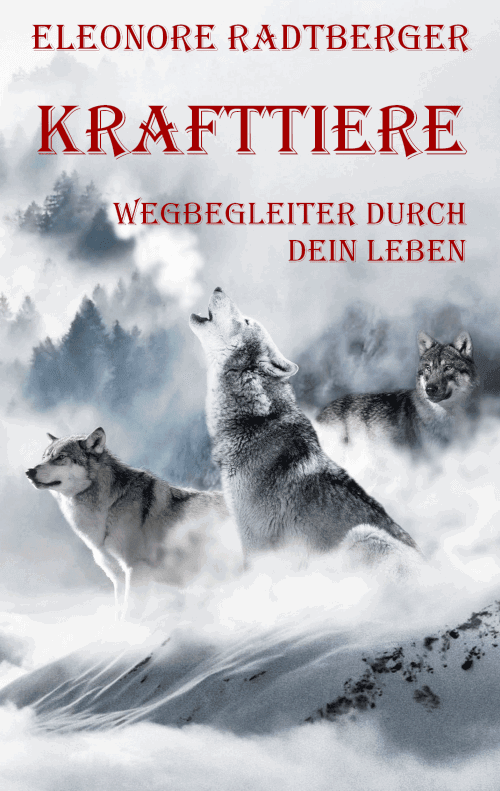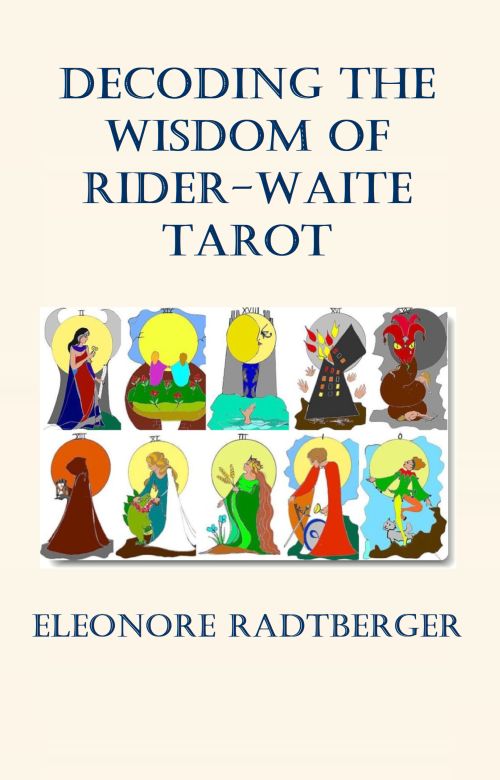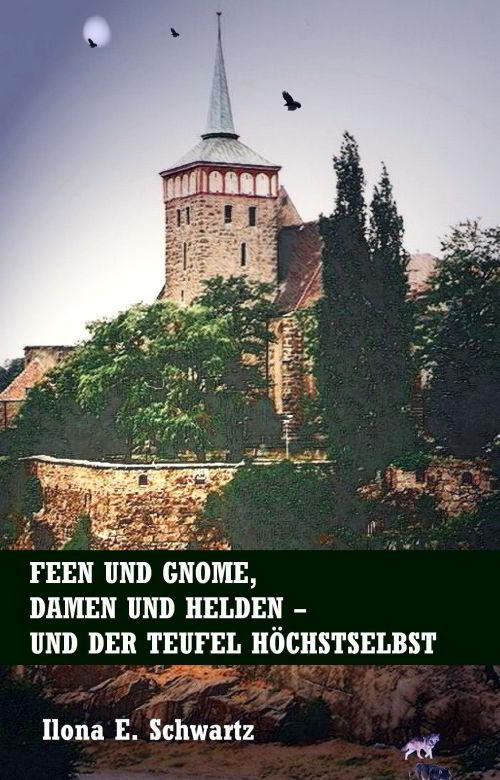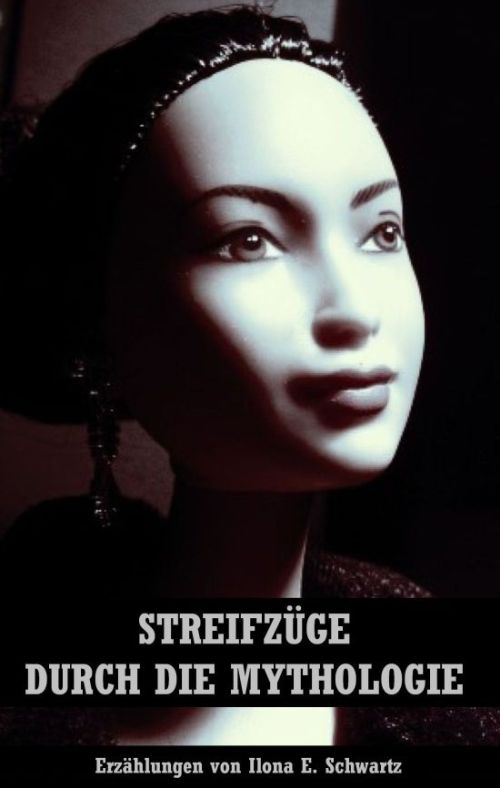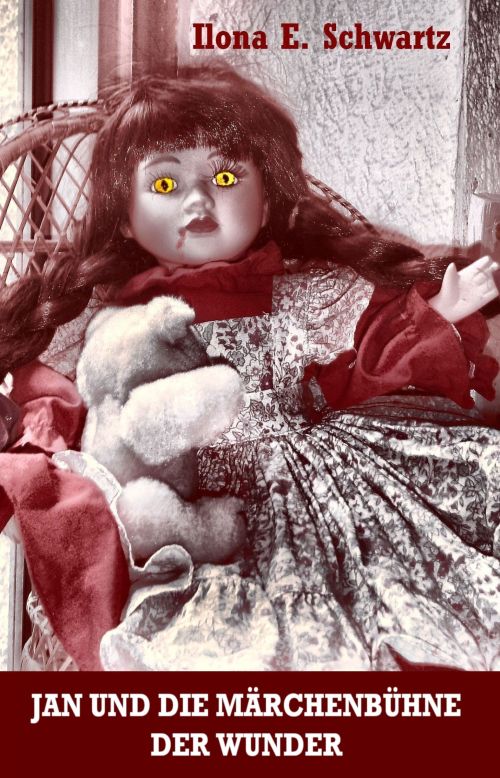
|
Sir Arthur Conan Doyle and the story of the Cottingley Fairies
Children with vivid imaginations often live in more than one world
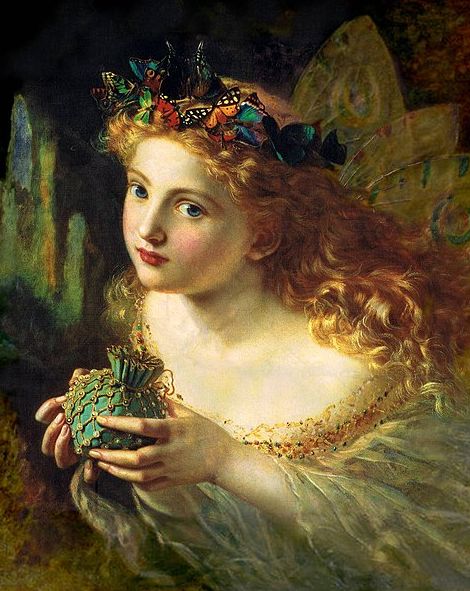
You may have heard of the story of the Cottingley Fairies, which took place in the village of Cottingley, near Bradford, England, in 1917. Two little girls, cousins Elsie Wright, 16, and Frances Griffiths, 9, were playing outside near a brook.
Frances was visiting her older cousin and they spent a lot of time together. Nothing unusual about that – except perhaps that the children were talking about fairies they had met and played with by the brook. Children with vivid imaginations often live in more than one world, and no one thought this unusual. No one believed the girls' story, but Mr Wright lent the cousins his camera. That got the ball rolling, and it started an avalanche.
But first the girls brought home photographs of winged creatures. Beautiful miniature women who looked very fragile and elfin, and who were undoubtedly something like fairies or elves. Naturally, the pictures caused a minor sensation and were discussed among family and friends, but nothing happened for a while. In fact, the pictures were forgotten for three years – until they came to the attention of the theosophist Edward Gardner, who sent them to a photographer for examination. And this expert, Harold Snelling, declared the photographs to be genuine. In his opinion, the photographic plates had only been exposed once, so double exposure was out of the question. The fairies, he said, were not made of a flat material like cloth or paper – and they could not have been drawn on the plate.
But the most puzzling thing was that the little creatures were moving when they were photographed. Snelling's testimony had already caused a sensation – and attracted the attention of Sir Arthur Conan Doyle. The self-confessed spiritualist was impressed and took the photos to a Kodak expert. The expert, who didn't believe in fairies at all, thought the photos were fakes from the start, but couldn't prove it. The public were excited, but divided into two camps – and Sir Arthur was the subject of much ridicule. People even doubted his sanity, but he continued to believe in the authenticity of the pictures until his death in 1930.
There was another picture of a gnome wearing a pointy hat, but it did not attract as much public interest. Despite repeated investigations over the years and growing suspicions of forgery, the cousins stuck to their story.
When Elsie Wright was 83, she told the whole story of the 'Cottingley Fairies': the children had traced the figures from a book of fairy tales onto cardboard and cut them out. The dolls were then fixed in place with hatpins and photographed. Frances, however, still insisted that the gnome was real and that there really were fairies down by the stream.
Looking at the photos today, it is quite obvious that they are not fairies at all. For one thing, the little figures look too much like they were taken from a fairy tale book – which they were – and for another, they look flat. It looks staged, which was perhaps inherent in the photographs of the time, and therefore not as striking as it would be today.
Why the book's publishers didn't recognise the images is another question – but the naive forgery was ingenious in its way. Everyone was looking for more sophisticated methods than simply photographing cut-out dolls, although the girls certainly had no way of doing that. People probably thought it was too complicated and wanted to believe what they saw.
The real forgery was not in the photographic plate, but in the motif itself. And apparently nobody thought of that. It can be assumed that the two cousins just wanted to have fun, nothing more. But one thing's for sure: fairies and elves make life interesting, and in the end it was for all concerned.
© 'Sir Arthur Conan Doyle and the story of the Cottingley Fairies': An article by Pressenet (translation by Izabel Comati), 03/2025. The illustration shows a fairy (painting 'Take the Fair Face of Woman' by the British painter Sophie Gengembre Anderson), source: Wikipedia, licence: public domain.
– Grey shadows in the deep blue sea. A baby dolphin tells a story
– The voice of cultural exchange and empathy: Pearl S. Buck
– How do I become a writer? Write and publish essays online
Discover more articles! Use the search function:
English archive:
More reviews, book presentations and essays
2024/2025
German archive:
2024 |
2023 |
2022 |
2021 |
2020 |
2019 |
2018 |
2017 |
2016 |
2015 |
2014 |
2013 |
2012 |
2011 |
2010 |
2009
Become a writer for Pressenet! Write articles for our online magazine on trending topics such as best books to read, health and wellness, technology and gadgets, business and finance, travel and tourism, lifestyle and fashion or education and career. Info: Become an author
Sponsors and investors are welcome: If you found our articles interesting, we would be grateful for a donation. Please also recommend us to your networks. Thank you very much!
Sitemap About Privacy Policy RSS Feed
